Free Courses Sale ends Soon, Get It Now


Free Courses Sale ends Soon, Get It Now


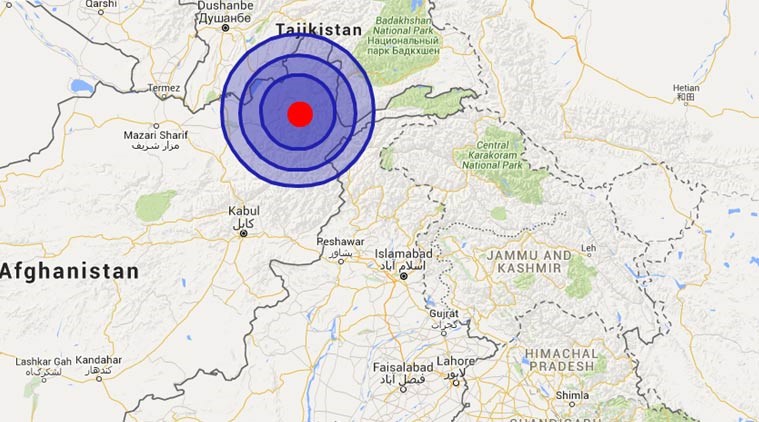
Disclaimer: Copyright infringement not intended.
Context
Details
Earthquakes in Afghanistan
What Causes Earthquakes in Afghanistan?
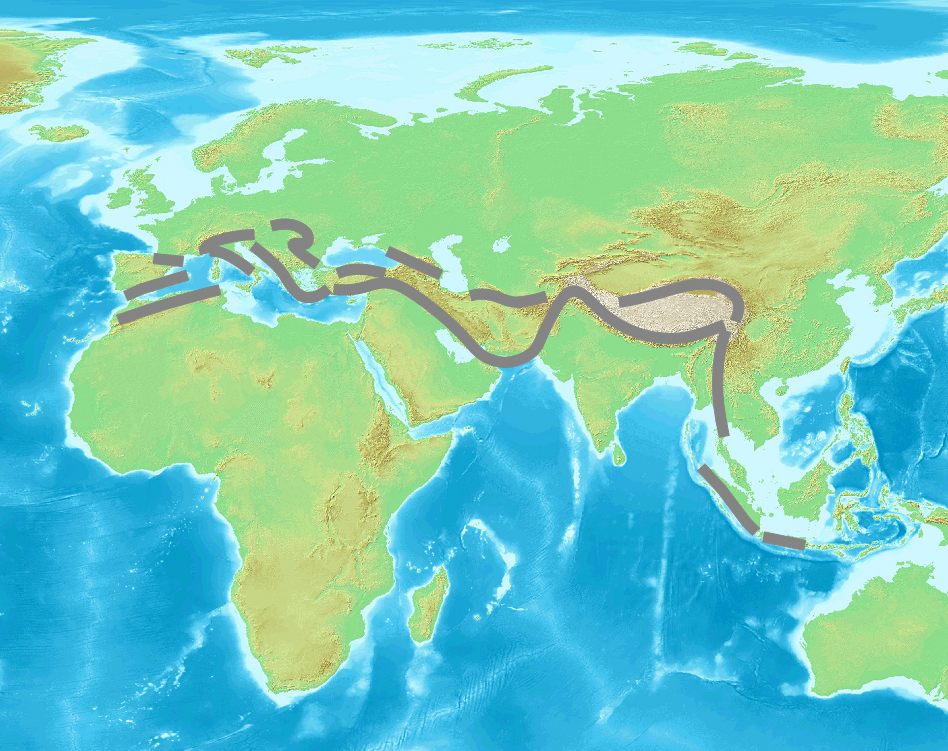
Location in Alpide Belt (or Alpine-Himalayan Orogenic Belt)
Faultlines
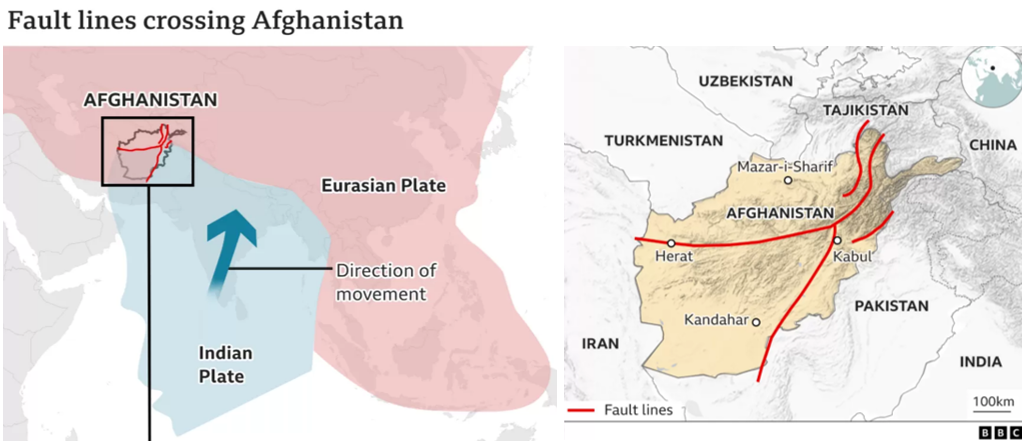
What is an Earthquake?
Distribution of Earthquake
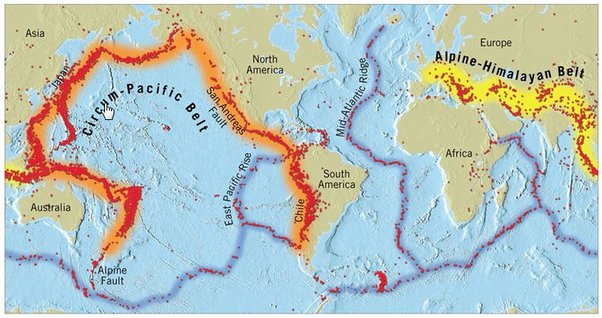
Circum-Pacific Seismic Belt:
Mid Continental Belt:
Mid-Atlantic Ridge:
Seismic Hazard Map of India
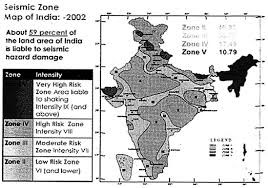
Seismic Zone II:
Seismic Zone III:
Seismic Zone IV:
Seismic Zone V:
|
PRACTICE QUESTION Discuss the numerous forms of plate tectonic borders found around the planet using plate tectonic theory. (250 Words) |
© 2024 iasgyan. All right reserved